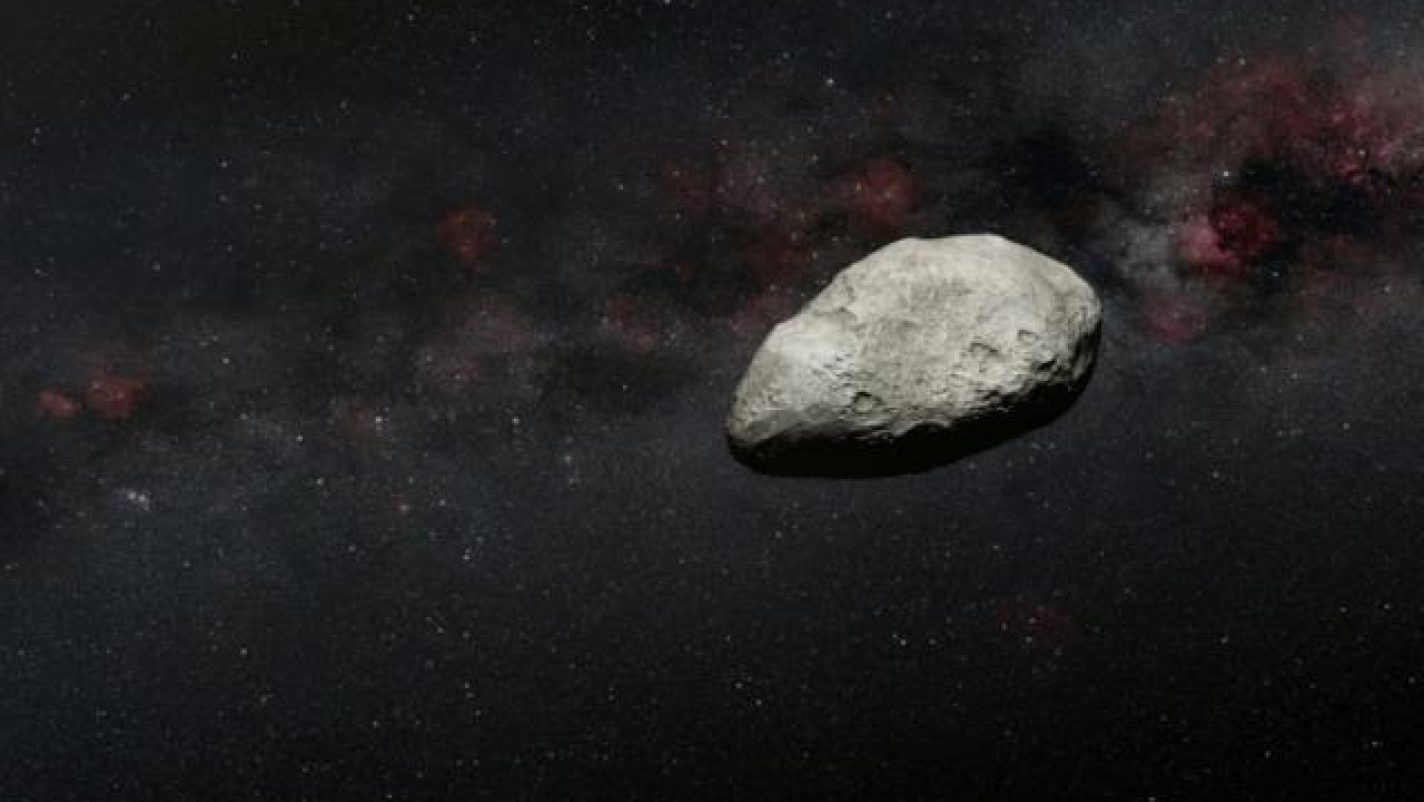A large asteroid will pass between the Earth and the Moon
According to the European Space Agency, a sizable asteroid will pass safely between Earth and the Moon on Saturday. This once-every-ten-year event will be used as a training exercise for planetary defense measures.
The asteroid, 2023 DZ2, is thought to be 40 to 70 meters (130 to 230 ft) wide, about the same size as the Parthenon, and huge enough to destroy a major city if it collided with Earth.
According to Richard Moissl, the chief of the ESA’s planetary defense branch, it will be within a third of the distance from the Earth to the Moon at 19:49 GMT on Saturday.
There is nothing to worry about even though that is “quite near,” he told AFP. He said, “Little asteroids pass by every day, but one this size coming this near to Earth only happens around once every ten years.”
With a speed of 28,000 kilometres per hour, the asteroid will fly by Earth at a distance of 175,000 kilometers (109,000 miles) (17,400 miles per hour). The distance to the moon is about 385,000 kilometers.
On February 27, an observatory in La Palma, one of Spain’s Canary Islands, made the initial discovery of the asteroid. The International Asteroid Warning Network, which is recognized by the UN, decided last week to take advantage of the close examination by performing a “quick characterization” of 2023 DZ2, according to Moissl.
As a result, astronomers from all around the world will analyze the asteroid using a variety of tools, including spectrometers and radars. The objective, according to Moissl, is to determine how much we can discover about an asteroid of this type in just one week.
Additionally, he noted, it will act as practice for how the network “would react to a threat” that might come our way in the future.
“Science-relatedly intriguing”
According to Moissl, preliminary evidence indicates that 2023 DZ2 is “a scientifically fascinating object,” which suggests that it may be a unique form of asteroid. He did, however, caution that further information was required to ascertain the asteroid’s composition.
The asteroid will pass by Earth once more in 2026, but it won’t be in danger of colliding with the planet for at least another 100 years.
A similar-sized asteroid, 2023 DW, was temporarily given a one-in-432 chance of colliding with Earth on February 14th, 2046 earlier this month.
However, additional calculations eliminated any possibility of an impact, which typically occurs with newly discovered asteroids. According to Moissl, DW in 2023 will likely miss Earth by 4.3 million kilometers.
Even if it were found that such an asteroid was traveling in our direction, Earth is no longer defenseless.
In the first such test of our planet’s defenses, NASA’s DART spacecraft purposefully collided with the pyramid-shaped asteroid Dimorphos last year, drastically deviating it from its intended route.
A similar-sized asteroid, 2023 DW, was temporarily given a one-in-432 chance of colliding with Earth on February 14th, 2046 earlier this month.
However, additional calculations eliminated any possibility of an impact, which typically occurs with newly discovered asteroids. According to Moissl, DW in 2023 will likely miss Earth by 4.3 million kilometers.
Even if it were found that such an asteroid was traveling in our direction, Earth is no longer defenseless.
In the first such test of our planet’s defenses, NASA’s DART spacecraft purposefully collided with the pyramid-shaped asteroid Dimorphos last year, drastically deviating it from its intended route.
AFP



